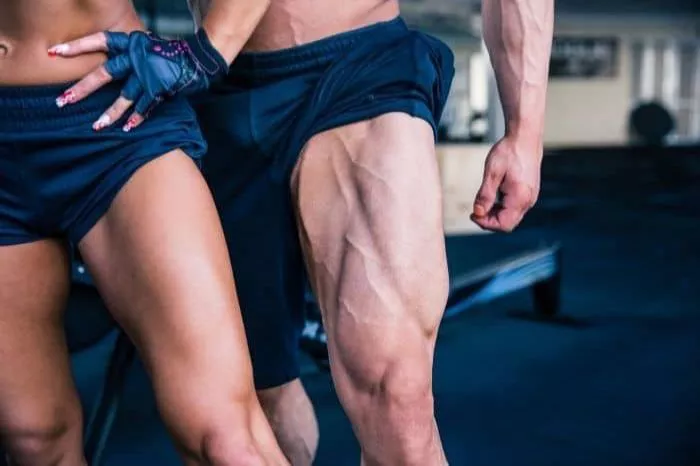Determining the optimal number of squats per day for building leg muscles involves various factors, including individual fitness goals, fitness level, training experience, and overall program design. Squats are a highly effective compound exercise for targeting the quadriceps, hamstrings, glutes, and lower back, making them a staple in many strength training routines. However, the ideal squat volume for muscle growth and strength gains can vary from person to person. In this comprehensive guide, we’ll explore the considerations for determining the number of squats per day to build leg muscles effectively and safely.
Factors to Consider
Before establishing a specific number of squats per day, it’s essential to consider the following factors:
- Fitness Goals: Are you primarily focused on building muscle mass, increasing strength, improving muscular endurance, or enhancing overall athletic performance? Your fitness goals will influence the volume and intensity of your squat workouts.
- Training Experience: Beginners may benefit from starting with a lower volume of squats to allow their muscles, joints, and connective tissues to adapt gradually. Conversely, experienced lifters may require higher training volumes to continue making progress.
- Recovery Ability: Adequate recovery is crucial for muscle growth and repair. If you’re not allowing enough time for recovery between squat sessions, you may hinder progress and increase the risk of overtraining or injury.
- Individual Variation: Everyone’s body responds differently to training stimuli. Some individuals may thrive with higher training volumes, while others may experience better results with lower volumes and higher intensity.
Guidelines for Squat Volume:
While there’s no one-size-fits-all answer to the number of squats per day for building leg muscles, several guidelines can help you determine an appropriate training volume:
- Frequency: Instead of focusing solely on the number of squats per day, consider spreading your squat workouts throughout the week. Aim to train your legs 2-3 times per week, allowing for adequate recovery between sessions.
- Volume: The total volume of squats per workout is more important than the number of squats per day. Aim for 3-4 sets of squats per workout, with each set consisting of 8-12 repetitions. This rep range is generally effective for promoting muscle hypertrophy (growth) while also building strength.
- Intensity: Choose a weight that allows you to perform each set with proper form while still challenging your muscles. Progressively increase the weight as you get stronger, aiming to reach muscular fatigue within the target rep range.
- Progression: To continue making gains in muscle size and strength, progressively overload your muscles over time. This can involve increasing the weight lifted, the number of sets or reps performed, or incorporating variations of the squat exercise.
Individualized Approach
Since individual factors play a significant role in determining the optimal squat volume, it’s essential to listen to your body and adjust your training accordingly. Consider the following strategies to tailor your squat workouts to your specific needs:
- Start Conservatively: If you’re new to squatting or returning from a break, start with a conservative volume and gradually increase it as you become more comfortable and proficient with the exercise.
- Monitor Recovery: Pay attention to how your body responds to squat training. If you’re experiencing excessive soreness, fatigue, or decreased performance, it may be a sign that you need more rest or recovery time between workouts.
- Experiment with Frequency: Some individuals may benefit from more frequent squat training, while others may prefer less frequent sessions with higher intensity. Experiment with different training frequencies to find what works best for you.
- Listen to Feedback: Your body will provide valuable feedback during your workouts. If you’re consistently struggling to complete your sets with proper form or experiencing pain or discomfort, it may be a sign that you need to adjust your training volume or technique.
Conclusion
Determining the ideal number of squats per day for building leg muscles requires careful consideration of individual factors such as fitness goals, training experience, recovery ability, and feedback from your body. While there’s no one-size-fits-all answer, following general guidelines for squat volume, frequency, intensity, and progression can help you achieve significant gains in muscle size, strength, and overall lower body development. Remember to prioritize proper form, listen to your body, and adjust your training based on your specific needs and goals. By taking a personalized approach to squat training, you can optimize your results and minimize the risk of overtraining or injury, ultimately enhancing your overall fitness and performance.
https://www.gtehy.com/archives/28506


